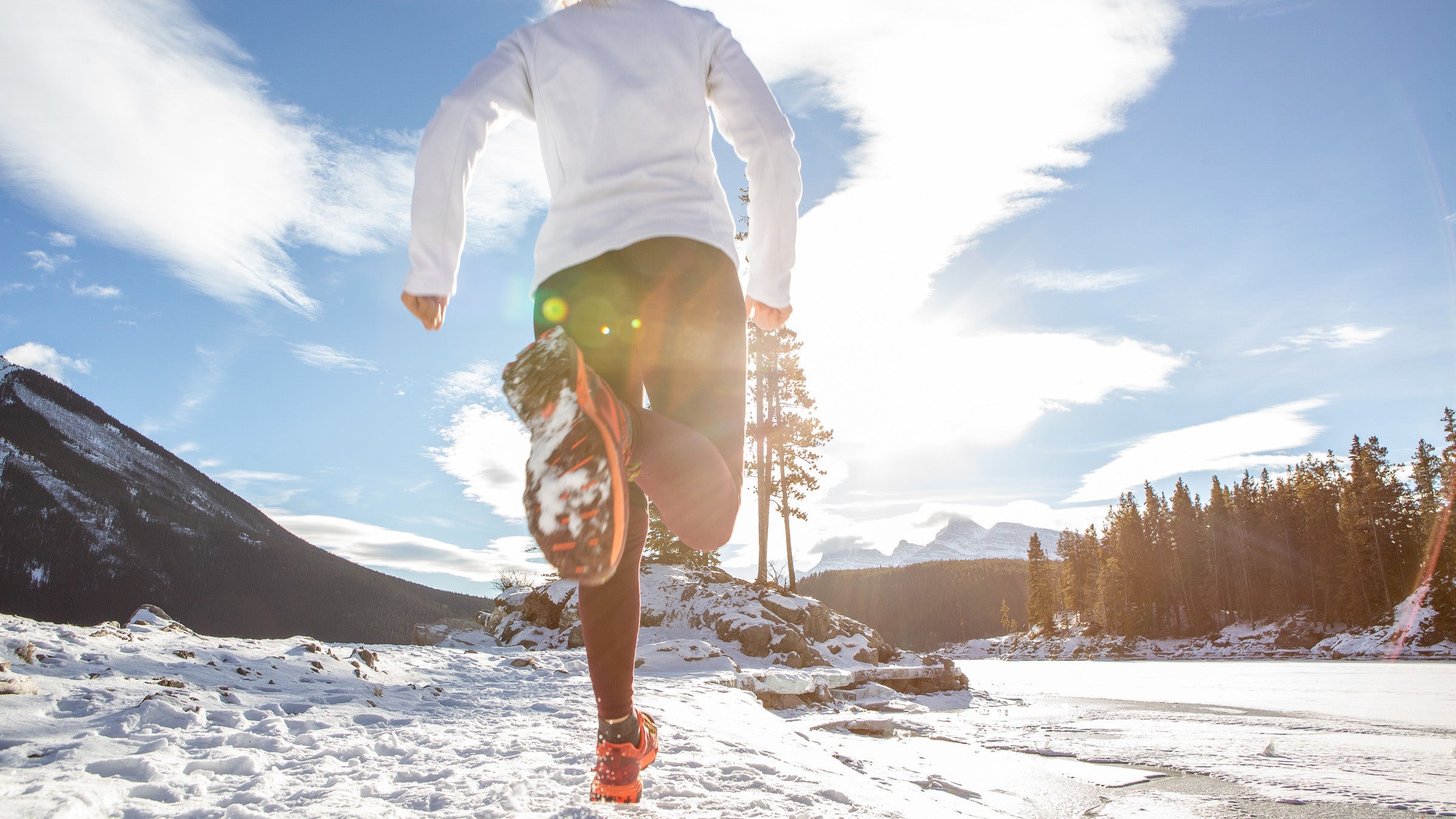Winter running. The very words can send a shiver down your spine, even before you factor in the wind chill. But for many of us, giving up those precious miles just isn't an option. The good news is, with the right gear, you can actually enjoy running even when the temperatures plummet. And a crucial piece of that gear? Your shoes.
Choosing the Right Winter Running Shoes
Let's be honest, your summer road racers probably aren't going to cut it when there's ice on the ground and your toes are threatening to go numb. Winter running demands a different approach, and that starts from the ground up. We're talking about more than just a change of socks (though those are important, too!). The right shoes can make all the difference between a miserable slog and an invigorating winter workout.
So, what should you be looking for? Let's break it down.
Traction is King (and Queen)
This is non-negotiable. Icy patches, slick sidewalks, even just damp leaves can turn your run into an unintentional ice-skating routine. Look for outsoles with aggressive lug patterns. Think deeper grooves and more pronounced shapes designed to grip the surface. Brands like Salomon and Icebug are well-known for their winter-specific traction, often incorporating metal studs or carbide tips for superior grip on ice. But even regular trail shoes with a decent lug pattern can provide a significant improvement over your smooth road shoes.
Consider the type of terrain you'll be running on most often. If you're primarily on paved surfaces that might have ice, a shoe with strategically placed carbide studs can be a lifesaver. If you're hitting the trails, a more aggressive lug pattern will be more beneficial for navigating snow and mud.
Water Resistance: Keeping Your Feet Dry
Nobody likes running with soggy socks. It's uncomfortable, leads to blisters, and can seriously impact your body temperature. Water resistance is key for winter running shoes. There are a few options here:
- Waterproof Membranes: Shoes with Gore-Tex or similar waterproof/breathable membranes are a popular choice. They do a great job of keeping water out, but they can also make the shoe less breathable, which can lead to sweaty feet if you're running hard or in milder temperatures.
- Water-Resistant Uppers: Some shoes have uppers made of water-resistant materials that can shed light rain and snow. These are generally more breathable than fully waterproof shoes but offer less protection in heavy downpours.
- Waterproof Socks: This is a great option if you don't want to invest in a whole new pair of shoes. Waterproof socks can add a layer of protection against the elements, though they can also make your feet feel a bit warmer.
Insulation: Warmth Without Overheating
Keeping your feet warm is essential, but you don't want them to overheat and get sweaty. Look for shoes with some degree of insulation, but consider the typical temperatures you'll be running in. If you live in a place with mild winters, you might not need much insulation at all. A thicker sock might be sufficient. But if you're running in sub-freezing temperatures, you'll want a shoe with a more substantial insulated upper. Some shoes even incorporate thermal linings for added warmth.
Think about breathability, too. As mentioned earlier, waterproof membranes can trap heat, so if you're prone to sweaty feet, you might want to prioritize breathability over maximum insulation. Finding the right balance is key.
Fit and Comfort: Don't Forget the Basics
Even the most technologically advanced winter running shoe won't do you any good if it doesn't fit properly. Make sure you have enough room in the toe box to accommodate thicker socks. Your toes should be able to wiggle freely. Consider trying on shoes in the afternoon, as your feet tend to swell throughout the day. And don't be afraid to run around the store a bit to get a feel for how the shoe performs. Online reviews can be helpful, but nothing beats trying them on yourself.
Can I Just Use Trail Shoes in the Winter?
That's a common question, and the answer is: it depends. Many trail shoes have aggressive lug patterns that can provide good traction on snow and ice. They also tend to be more durable and water-resistant than road shoes. However, not all trail shoes are created equal. Some have less aggressive lugs than others, and some are made of materials that aren't very water-resistant. If you already own a pair of trail shoes with a decent lug pattern, they might be a good option for winter running, especially if you primarily run on trails. But if you're running on icy roads or sidewalks, you might want to consider a shoe with metal studs or carbide tips for added grip.
Durability: Built to Last
Winter running can be tough on your shoes. Salt, slush, and ice can all take their toll. Look for shoes made with durable materials that can withstand the elements. Reinforced uppers and sturdy outsoles are a must. And be sure to clean your shoes regularly to remove salt and grime, which can break down the materials over time.
Investing in a good pair of winter running shoes is an investment in your comfort, safety, and overall enjoyment of running during the colder months. Don't skimp on quality. Do your research, try on a few different pairs, and find the shoes that work best for your feet and your running style. Your feet (and your entire body) will thank you.
Ultimately, the perfect winter running shoe is a personal choice. Consider your individual needs, the types of surfaces you'll be running on, and the typical weather conditions in your area. Happy running, and stay warm!
